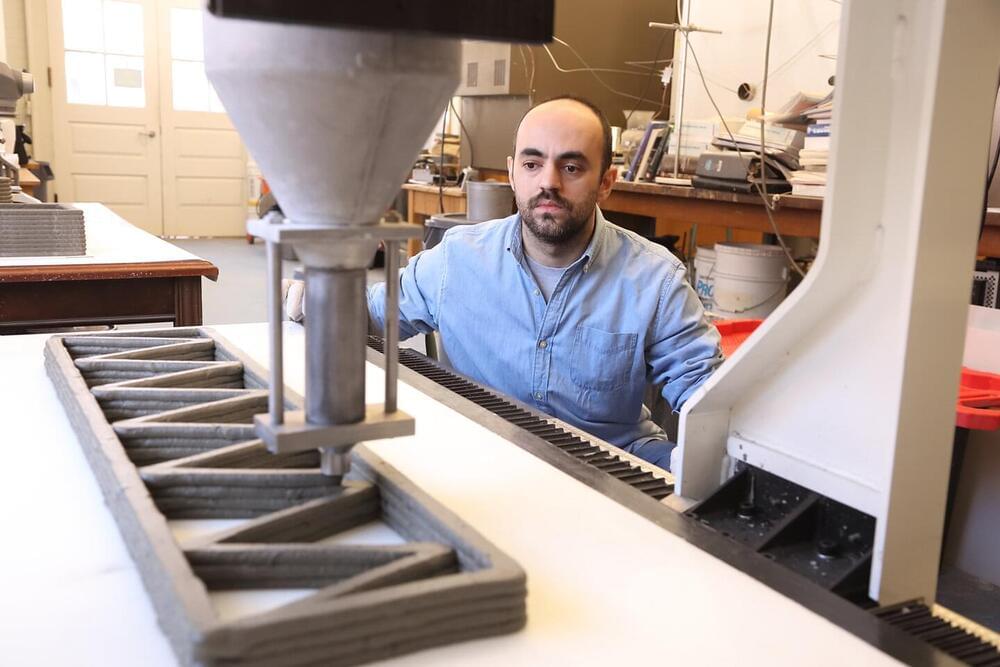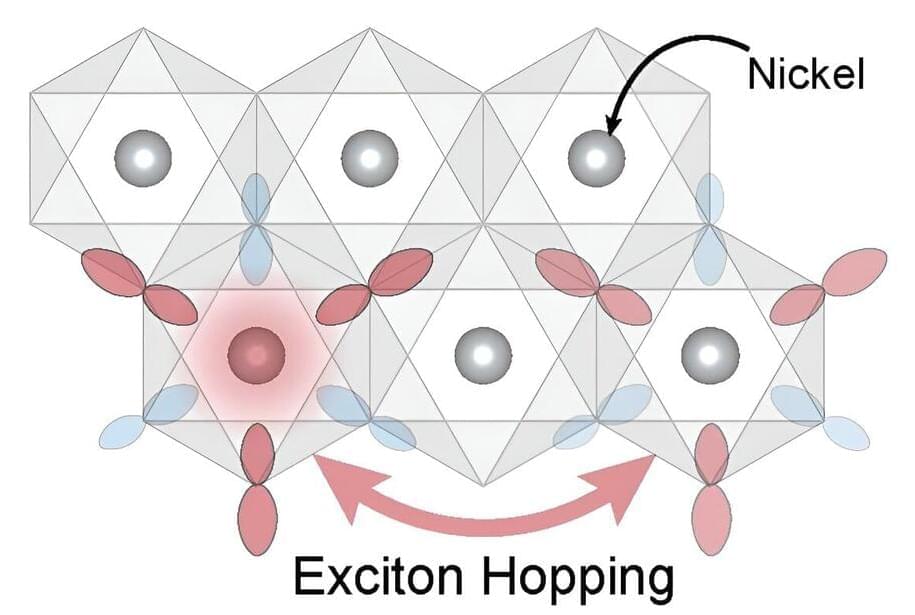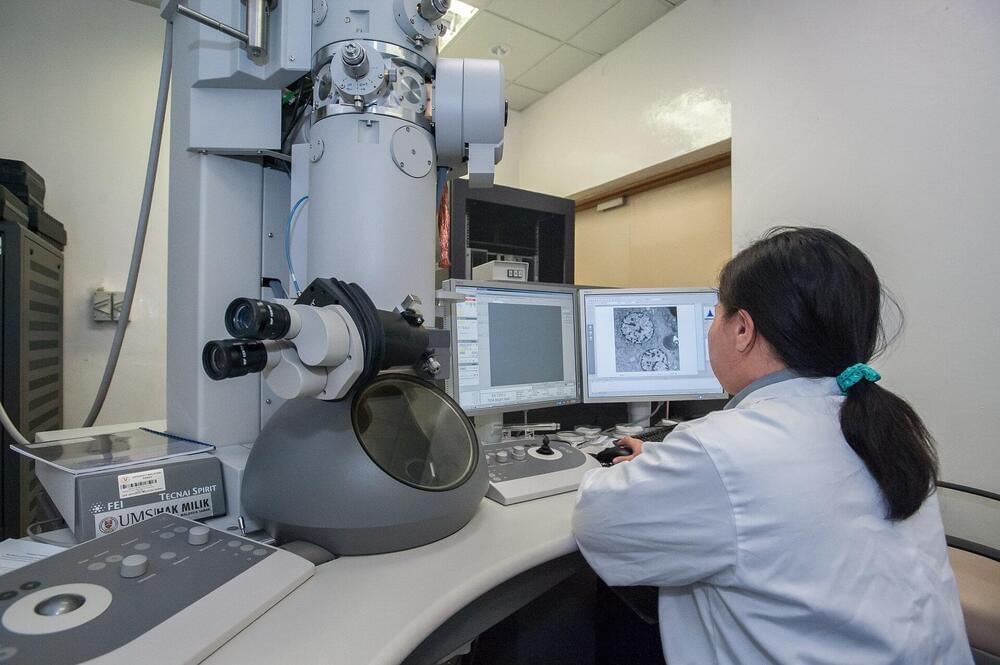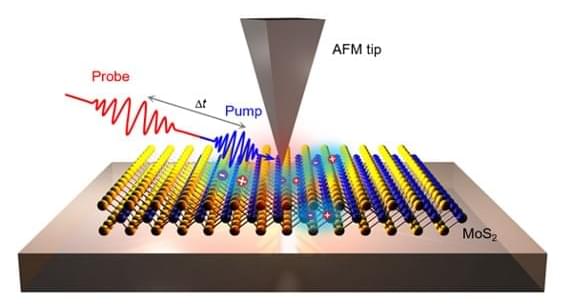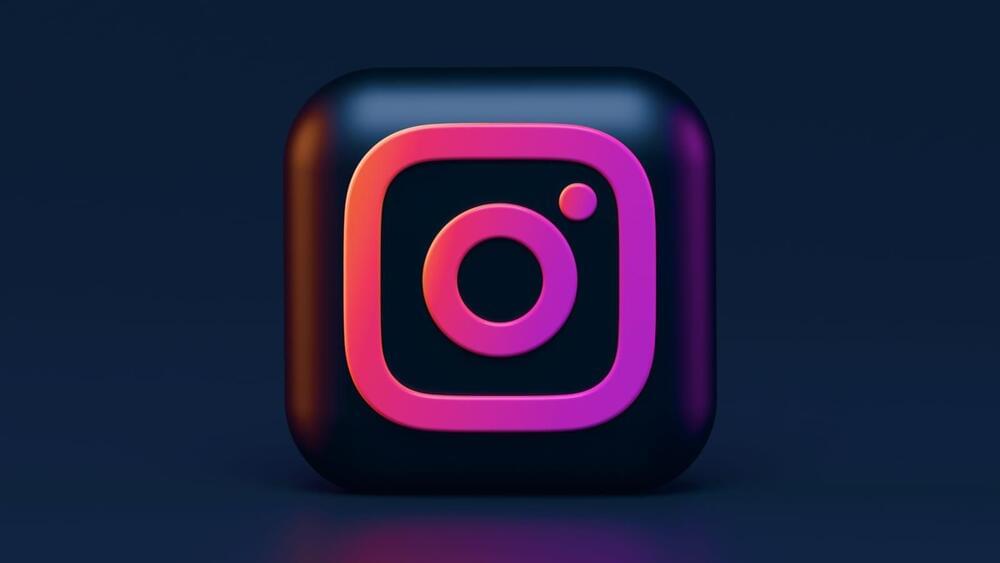Aug 3, 2024
Engineers explore cellulose nanofibrils to enhance 3D-printed concrete
Posted by Shailesh Prasad in categories: engineering, materials
A research team led by engineers at the University of Virginia School of Engineering and Applied Science is the first to explore how an emerging plant-based material, cellulose nanofibrils, could amplify the benefits of 3D-printed concrete technology.
“The improvements we saw on both printability and mechanical measures suggest that incorporating cellulose nanofibrils in commercial printable materials could lead to more resilient and eco-friendly construction practices sooner rather than later,” said Osman E. Ozbulut, a professor in the Department of Civil and Environmental Engineering.
His team’s findings will be published in the September 2024 issue of Cement and Concrete Composites.
